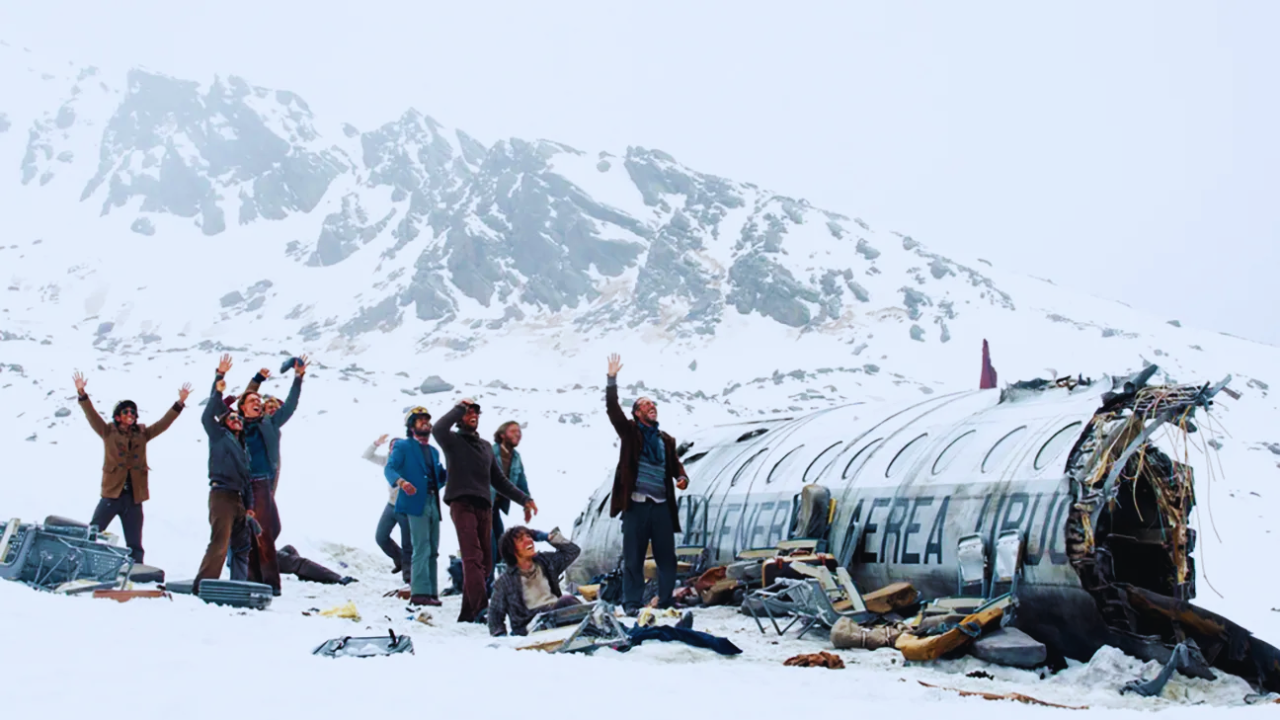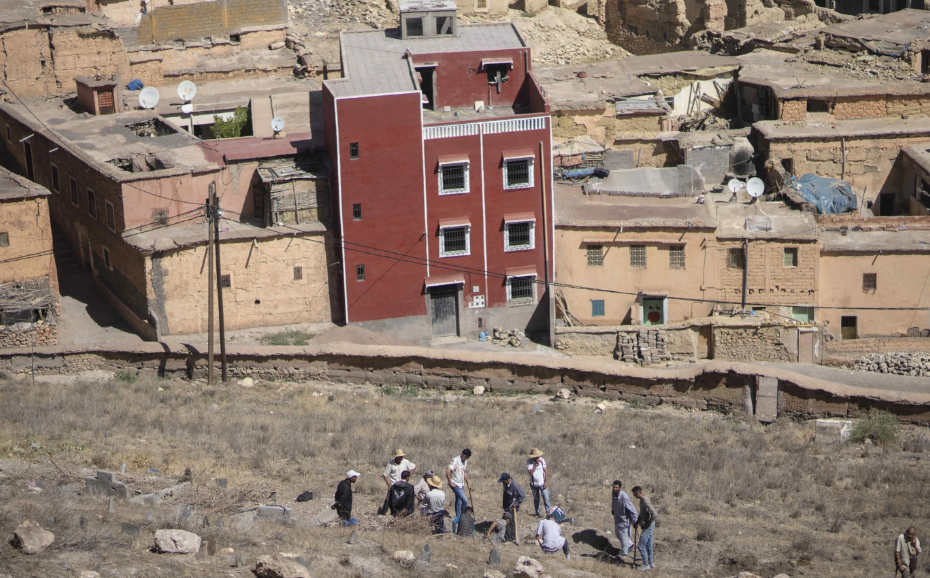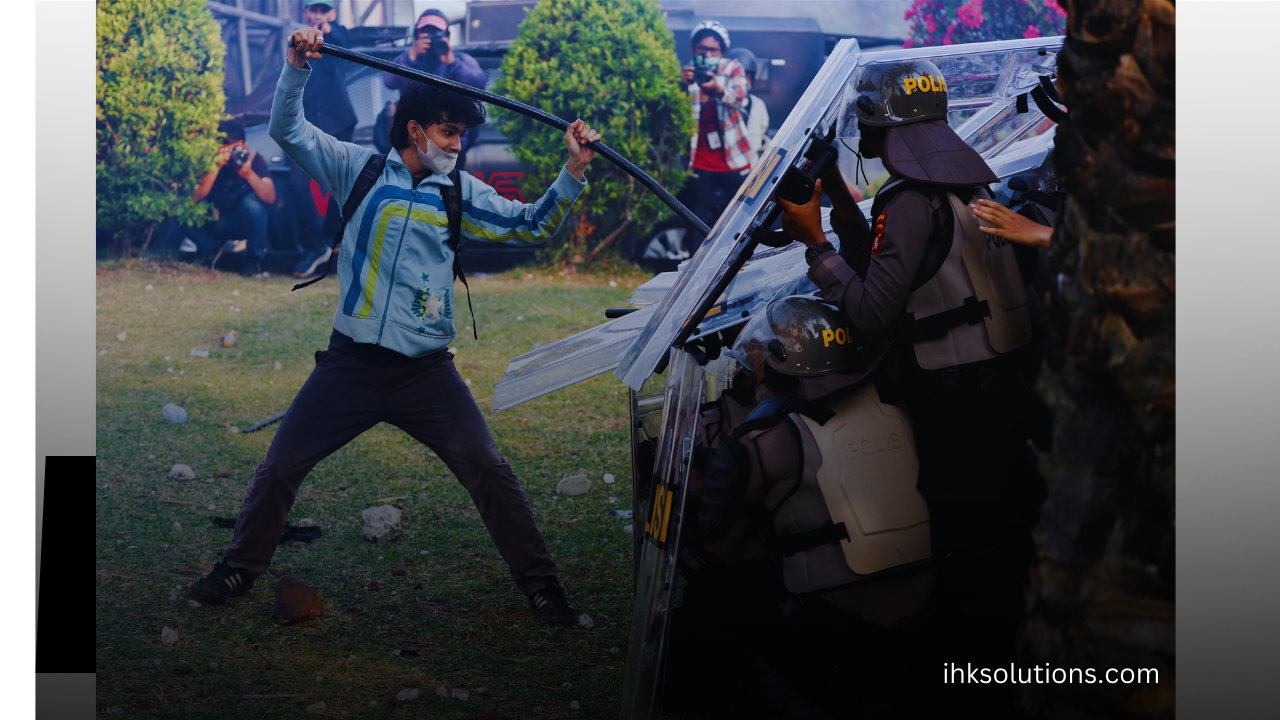The terrifying true story behind Netflix’s ‘Society of the Snow’

The new Netflix film tells the story of a rugby team that survived a plane crash in 1972 and used unimaginable methods to stay alive.
Netflix’s latest film, “Society of the Snow,” is based on a true story much like nearly half of Netflix’s cinematic presentations these days. This film is inspired by Flight 571, which crashed in 1972, leaving Uruguay’s rugby team stranded in the Andes mountains. Faced with no food or water, they resorted to cannibalism to survive. If this sounds familiar, you might recall a different adaptation of the story: “Alive” from 1993 starring Ethan Hawke. Now, this poignant tale is retold with Spanish-speaking actors. Among the cast is Carlitos Page, portraying the role of his father, Carlos Páez Vilaró.
“Society of the Snow,” directed by J.A. Bayona (The Impossible), is based on Pablo Vierci’s book of the same name. The film premiered on December 15th in Spain. A week later, it was distributed in the U.S. and released in theaters on December 22nd. Now, “Society of the Snow” is finally available for streaming on Netflix. Since its release, the film has generated some buzz, even earning a nomination for Best Foreign Language Film at the Golden Globes.
If you want to know more about the true story behind “Society of the Snow,” about the crash and what happened with the rugby team, keep reading to learn all that we know.
Who was on Flight 571?
Apart from the pilot and the crew, there were 45 passengers on Flight 571. Most of the travelers were members of the Christian Club rugby team, who were traveling from Montevideo, Uruguay, to Santiago, Chile, for a game. The remaining passengers included a player’s family and friends and a woman who was going to attend her daughter’s wedding.
Why did Flight 571 crash?
Several errors led to the accident. Firstly, the aircraft was ill-equipped for the journey due to its altitude limits and weak engines. This left them struggling to fly even in challenging conditions. Upon reflection, one of the survivors, Nando Parrado, told The Guardian that they should not have boarded the plane with a Fairchild FH-227D, an engine with very little power, fully loaded with people, flying in difficult weather, over South America’s highest mountains. “I mean, absolutely not.”
The next issue was the route. Due to the weather, the pilot had to make a hurried landing in Mendoza, Argentina. Their misfortune continued when they realized they couldn’t stay in the country. The plane had been taken on lease from the Uruguayan Air Force and legally couldn’t remain in Argentina for more than 24 hours. Despite strong winds, the plane took off again. While charting a new route towards Santiago, the pilot realized that they couldn’t fly straight into the area without crossing the Andes, which were too high to cross safely. Instead, they opted to fly over the Planchon Pass, which was at a lower altitude. About an hour into the flight, the pilot believed they had reached Curicó, Chile, and informed the air controllers that they had reached their destination. They were unaware that they were wrong while accepting their request to land. As the plane descended, it crashed straight into the Andes, splitting the plane into two parts.
The plane’s rear part and wings broke off, leaving only its tail intact. This impact resulted in the death of 12 individuals, while others suffered severe injuries.
What happened after the crash of Flight 571?
After the crash, the survivors used suitcases, clothes, and seats to create a shelter around the tail to prevent snow from entering. For some time, they managed to survive on snacks found on the plane, which allegedly included chocolate, candy, nuts, crackers, and alcohol. They even collected snow, melted it in bottles, and turned it into drinking water.
About a week later, when the supplies ran out, the passengers attempted to eat leather torn from their torn suitcases. Finding no sustenance, in desperation, they resorted to an unimaginable solution: cannibalism. After discussing within the group, most survivors agreed it was their only option. Some initially refused, but when they heard that the rescue campaign through the plane’s radio had been canceled, they changed their minds. In an ABC News documentary, Parrado recalled striking a deal with his companions. “We shook hands and said, ‘If I die, please use my body. So at least you can get out of here. And tell my family how much I love them.'”
For a while, the group consumed the flesh of the deceased passengers. Then, they faced another tragedy. On the 17th day, they encountered an avalanche that crushed the framework of the plane, and they were engulfed in it too. Eight people died instantly. After spending a few hours under the snow, Parrado managed to break the cockpit and successfully reach the tail.
Unfortunately, they encountered a blizzard that continued due to the snowstorm. To stay warm, the team had to stay in the tail, and after three days, they had to resort to cannibalism again. When the snowy blizzard stopped, they finally managed to get out. At that time, the group decided to seek help. They spent some weeks in training for their departure, and on the 61st day, three rugby players, with enough clothing and three days’ worth of food, walked out of the plane’s wreckage. Some of the remaining survivors stayed behind.
How did the passengers of Flight 571 survive?
Before dying, the pilot informed the passengers that they were near the western part of the Andes in Chile. Those seeking help—including Parrado, along with his companions Roberto Canessa and Antonio Vizintin—thought they could climb the mountain and descend into civilization. They didn’t realize the pilot’s orientation was incorrect. After days of trekking, they found themselves nowhere.
Reflecting on their conversation with The Guardian, Parrado pondered the moment with Canessa. “I said, ‘Come on, Roberto, I can’t do this alone. Let’s go.’ It was remembered by Parrado, ‘If we go back, for what? I’m dying looking into your eyes, and who dies first?'” Canessa agreed. Vizintin crafted a makeshift sled, and they found a way back to the tail.
Parrado and Canessa embarked on a 10-day trek. Along the way, they spotted a campsite and headed towards it, eventually sighting a person named Sergio Catalan on the opposite bank of the river. Parrado managed to attract Catalan’s attention, who said he would return the next day. When Catalan came back, he brought his two sons and tossed a note across the river with paper and a pencil attached. Parrado and Canessa wrote back, explaining their situation.
According to ABC, the note read: “I am a survivor of a plane crash in the mountains. I am Uruguayan. We have been walking for 10 days. There are 14 injured people at the crash site. We need help. We have no food. Please come and get us.”
Catalan embarked on a 10-hour journey to alert the Chilean army after reading the message. Shortly after, the army arrived and rescued Parrado and Canessa. Meanwhile, a rescue team flew to remove the remaining survivors from the wreckage. Due to the treacherous terrain, they had to make two trips. The army saved the first batch that day and escorted the rest out the next morning.
The passengers survived in the jungle for 72 days. When they finally reached the hospital, they were treated for altitude sickness, dehydration, frostbite, broken bones, malnutrition, and scurvy.
What happened after the passengers were rescued from Flight 571?
Shortly after their rescue from the mountains, the story of the rugby players dominated the news. It’s clear many were troubled by their act of cannibalism, but it didn’t bother Canessa. He told ABC, “Some people thought it was good, some thought it was bad, but I couldn’t care less.” “They don’t have any right to judge us in any way.”
Years later, Parrado, Canessa, and their companions Eduardo Strauch and Carlos Páez Rodríguez wrote books detailing their experiences. Their accounts inspired films and television series, including the “Alive” series, inspiring movies and TV shows. When the hype subsided, the rugby players eventually found solace. Looking back, Parrado credits their relationships with each other for keeping them alive. He said, “We trusted each other.” “We fought for each other. So, it’s a rugby story. Rugby saved my life.”



